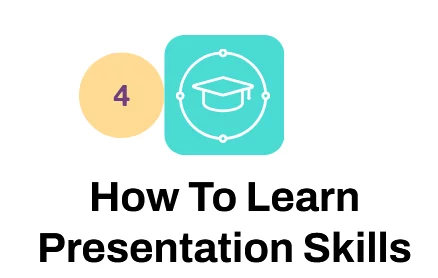
The Neuroscience Of Stage Fright
Contents
You’re standing in front of a crowd, heart pounding, palms sweaty, words stuck.
You’re not alone. Stage fright, or performance anxiety, is a deeply human experience.
Neuroscience sheds light on why this happens and, more importantly, how you can manage it.
The Brain on Stage: What Happens Inside
1. The Amygdala: Your Brain’s Alarm System
- Triggers the “fight-or-flight” response when it perceives danger.
- In performance settings, it misinterprets social scrutiny as a threat.
2. The Prefrontal Cortex: Rational Thinking Under Pressure
- Responsible for decision-making and self-regulation.
- Under stress, it can become overwhelmed, leading to mental fog and heightened anxiety.
- This is what leads to you blanking out on stage and losing your place.
3. The Autonomic Nervous System: Physical Symptoms Emerge
- Manages involuntary responses like heart rate and sweating.
- Adrenaline floods the system, causing trembling, dry mouth, and rapid breathing.
4. The Role of Negative Thinking
- Fear of judgment amplifies stress responses.
- Catastrophic thoughts create a feedback loop that worsens anxiety.
5. Neuroplasticity: The Brain Can Rewire Itself
- Repeated experiences of stage fright can form anxiety pathways.
- With intentional practice, new, calmer patterns can be established.
- This is why it’s so key to practice like it’s live, so you’re ready.
Science-Backed Strategies To Overcome Stage Fright
1. Reframe Anxiety as Excitement
- Say “I’m excited” instead of “I’m scared.”
- Triggers a positive interpretation of physiological arousal.
2. Train Like an Athlete
Gradual exposure builds resilience.
- Practice alone.
- Practice with a friend.
- Rehearse in front of a small group.
3. Use Body-Based Calming Techniques
- Box breathing, inhale-hold-exhale-hold, 4 seconds each. See more breathing techniques here!
- Stretch to release muscle tension.
- Gentle movement resets your nervous system.
4. Focus on Your Purpose, Not Your Performance
- Ask: What do I want the audience to feel or do?
- Shifts focus from self to service, reducing anxiety.
5. Build Safety Cues
- Connect with your audience before speaking.
- Find a friendly face.
- Visualize a conversation, not a performance.
Two Creative Mind Hacks
1. Deploy the “Body Double” Strategy
- Imagine a calm, capable version of yourself taking the stage.
- Creates mental separation from fear.
2. Give Your Fear a Role
- Name it: “The Guardian.”
- Assign it a task: “Watch over me while I speak.”
- Acknowledges fear without letting it lead.
Final Thoughts: Leading Your Fear
Stage fright isn’t a flaw—it’s a sign your brain is working.
The goal isn’t to eliminate fear, but to harness it.
With the right tools, you can transform anxiety into energy and purpose.
- Facebook: https://www.facebook.com/profile.php?id=100066814899655
- X (Twitter): https://twitter.com/AcuityTraining
- LinkedIn: https://www.linkedin.com/company/acuity-training/





